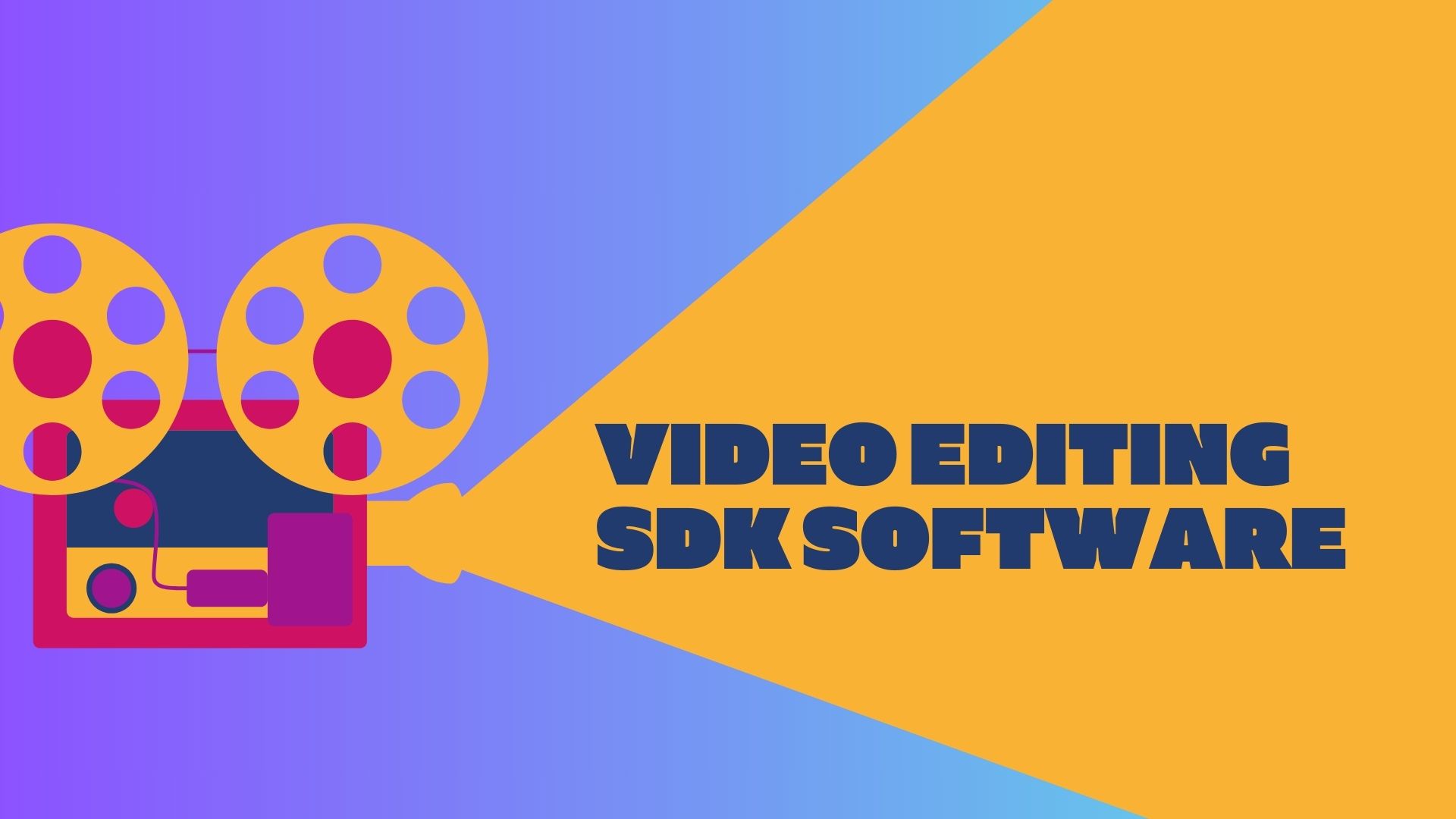3 Tips on Improving Customers’ Mobile Experience
Page Contents
By Rob Howard
When people utilize social business tools and technology, they expect to find an ideal experience on any device they use, be it a smartphone, tablet or laptop. As a company, you must be prepared to provide optimal experiences to your customers across devices and platforms. If you don’t, the mobile-first era might kill your business.
Let’s say Dave is playing a video game, and he comes to a level that he can’t seem to beat. Looking for help, he turns to his smartphone and types a search question into his mobile Web browser. The first result is an official community for the game where users are discussing the exact level in question – perfect.
He clicks the link, the page starts to load, but instead he is prompted to download the forum’s mobile app and is redirected to his phone’s app store. Not wanting to waste time, he returns to his browser, clicks out of the pop-up ad that tries to promote the app, and finds that he has been redirected to the forum’s home page. With his experience interrupted and unable to get to his content through his smartphone, he gives up on the community and returns to his game. Sound familiar?
Social business tools are a powerful asset to any brand. Without an optimized mobile experience, however, their intended purpose will fail. In order to create a great user experience, brands need to prioritize their customers’ personal preferences, habits and needs, while taking into account technological advances and opportunities.
Here are three tips to ensure your brand is covering its bases and proving the ROI of its tools for every customer, on every device:
Offer a Web Experience that Lives up to the Mobile App
For a truly great mobile-first experience, you must implement a responsive and adaptive Web experience. Simply put, this means that customers will receive the best experience possible regardless of their screen size (phone, tablet, laptop or desktop). Customers should never be required to download a separate app just to access your content. The app should always be something that creates additional value once the customer is more deeply connected to your online community or social networking solution.
Use Analytics to Improve Search Functionalities
Smart search uses data and context from past queries and frequently visited pages to help users find the exact information they need, as soon as or even before they realize they need it. For example, if a customer is looking for an answer to a question surrounding a product update, other similar, previously answered questions will drop down as he starts to type his question. This results in saved time for the both the customer and the business, as the customer does not have to wait for an answer and the business does not have to spend time answering the same question multiple times.
Focus on Usability
An intuitive layout and experience is crucial to your customer’s satisfaction. When it comes to social networking solutions, look for a platform that provides guided setup tools that inform users on how to best navigate and experience the community or network. Usability enhancements such as guided setup tools make it easy for new users to participate, and having a guide helps automate the process of teaching users how to use social applications while improving adoption rates. For example, prompts should explain how to use various social applications in a community, such as creating a member profile and building personal networks with colleagues and friends.
Your customers’ preferences in mobile device providers are important for how you deliver your content – similar to how Web developers once targeted different browser types – but they are not within your control. Your customers will access social tools and technology with the device that most strongly appeals to them.
Remember, content is most important and you want to do everything you can to quickly connect people with your content. Designing for a mobile-first world means targeting the mobile experience first.
Rob Howard is the chief technology officer at Zimbra. Telligent, the company that Howard founded in 2004, in July 2013 acquired Zimbra from VMware, and the two businesses merged to form Zimbra, Inc., a provider of unified collaboration and community software. With more than 15 years of experience in the technology sector, Howard is known throughout the industry as an authority in community and collaboration software. Follow him on Twitter at @robhoward.

Public relations, digital marketing, journalism, copywriting. I have done it all so I am able to communicate any information in a professional manner. Recent work includes creating compelling digital content, and applying SEO strategies to increase website performance. I am a skilled copy editor who can manage budgets and people.



